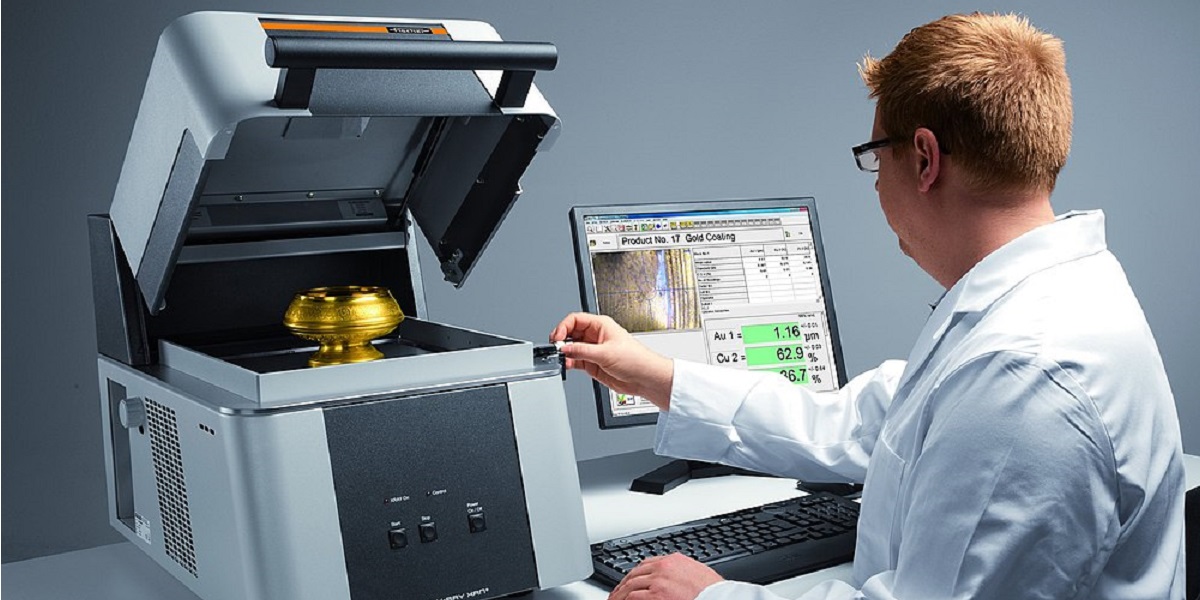What exactly is Hallmarking?
A hallmark is a mark or series of marks that are stamped on items made of certain precious metals. They are a form of certification for noble metals such as platinum, gold, silver and palladium. Hallmarking is the way to authenticate these materials and certify the content of noble metals in jewellery and other items made from precious metals.Hallmarking is super important as it lets you recognise the relative value of precious metals according to their purity and weight. In this article, we will learn some interesting facts and details about the importance of hallmarks!
Hallmarking laws exist all around the world
As we already mentioned in the first lines of this blog post official hallmarking is the way to discern whether or not your precious metals in your jewellery are of the correct purity. As in many other countries and also in the UK all jewellery made from gold, silver palladium and platinum must be hallmarked with no exception. If you see jewellery that is not hallmarked you should abstain from buying it. The UK Hallmarking Act was first put in effect in 1973!Hallmarking is an official stamp of quality
Hallmarking's purpose is the certification of purity of the items in question. The first step is to test the precious metals to find out their purity. This is called Assaying. After that, a hallmark is branded on the jewellery or silverware or any other item made from precious metals. Only a UK Government Assay Office can apply a hallmark. There are four such offices in the UK. They are located in London, Edinburgh, Sheffield and Birmingham. The first Assay Office in the UK opened in London in 1327!
Exceptions to the hallmarking law are very specific
UK Hallmarking law has only one exception criterion. Weight! This means that items and jewellery do not have to be hallmarked if they weigh under:- 1 gram for gold
- 7.78 grams for silver
- 0.5 gram for palladium
- o.5 gram for platinum
Hallmarking is a way to protect Jewellers and Consumers alike
Hallmarking ensures that the piece of jewellery that you are going to buy is represented correctly by the jeweller. Illegitimate hallmarking that tries to deceive the consumer is unlawful and is considered to be a criminal offence all around the world. Hallmarking is mandatory and helps the consumer know the actual value and purity of the item they are about to buy! Unfortunately, there is no way to tell how pure your jewellery is without hallmarking unless you have super expensive equipment for gold purity analysis at home! This is why Assay Offices are an integral part of jewellery making!Only Officially registered Hallmarked items can be sold in the UK
Jewellery and Items from precious metals that are internationally or locally hallmarked can be sold in the UK. Hallmarks look like tiny insignias. Essentially the mark of the Assay office together with 2 to 4 more marks should be visible on the jewellery piece. Usually, these marks include metal standard symbols, duty stamps and dates. If you want to learn more about hallmark stamps you can visit the International Association of Assay Offices.
List of French Hallmarks (courtesy of Wikipedia)




Sign In
Create New Account